Wales, Land of the Red Dragon: Chongqing exhibition images
- Published

The China Three Gorges Museum in Chongqing where the exhibition Wales, Land of the Red Dragon will run until 30 June.
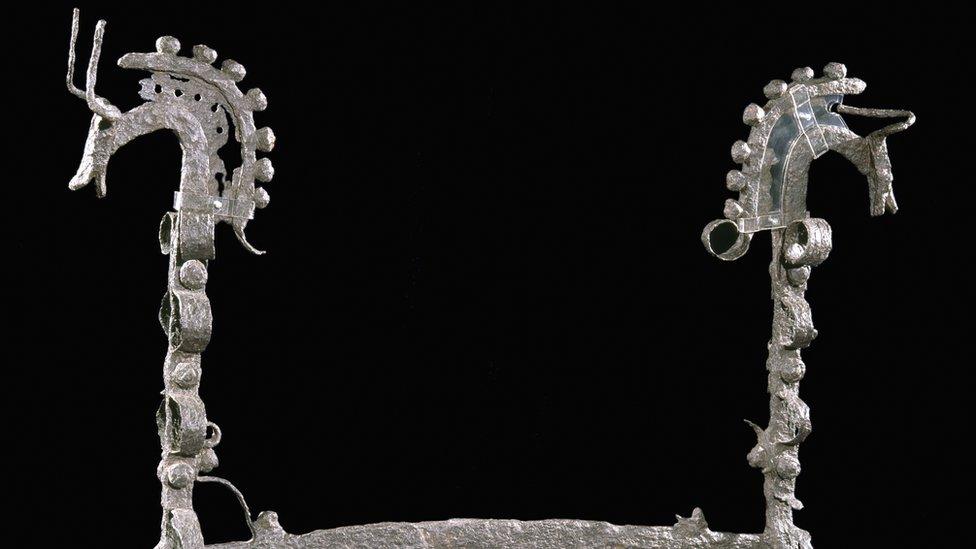
The exhibition is an introduction to Wales and will feature many important objects from National Museum Wales' wide-ranging collections. This firedog is unique, and considered to be one of the most important pieces of early decorative ironwork to have been found in Britain. It was discovered in 1852 near Capel Garmon, Conwy. Firedogs, usually used in pairs, would have stood next to the hearth in a roundhouse
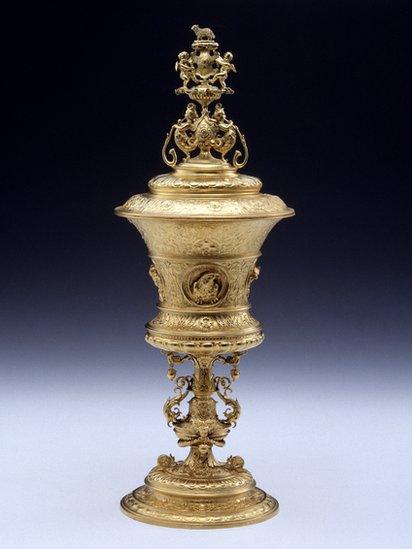
Among the artefacts on display will be the Castell Carn Dochan gold cup and cover - the largest known object made from Welsh gold. It is based on one designed in 1536 for Henry VIII. The gold was discovered in north Wales in 1863. The Denbighshire landowner, Sir Watkin Williams-Wynn, was so rich that he did not need to sell the gold but had it made into this cup.
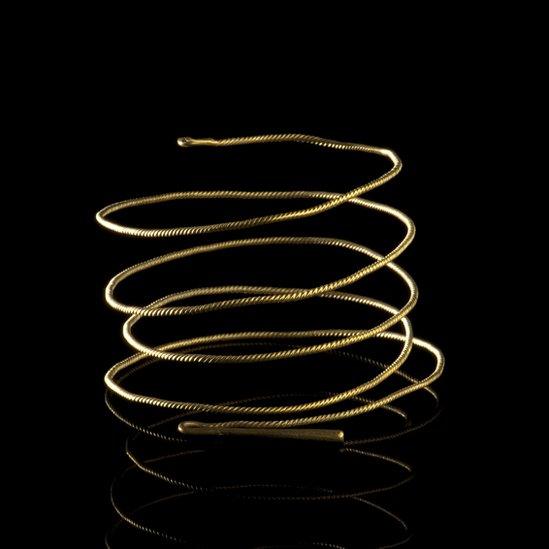
The unique character of Wales will be revealed through its history and landscape. Among the ancient items on display will be these four Bronze Age gold torcs which were found buried at Cefn Farm, Llanwrthwl, Powys. They were a form of portable wealth and a sign of high social status. This twisted gold-working style was used across north-western Europe. In the Bronze Age groups of such prized objects were buried probably as gifts to the gods and goddesses.
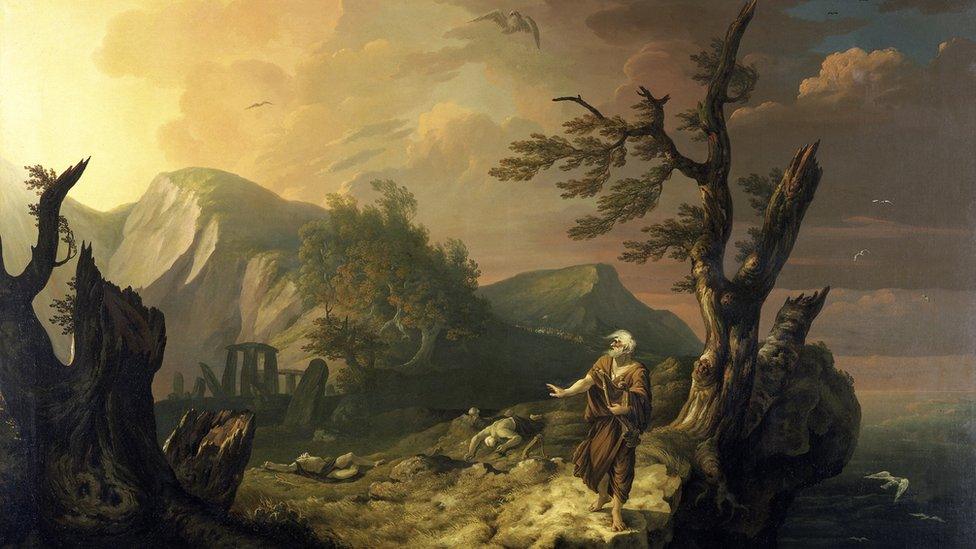
The exhibition will also focus on the cultural tradition of Wales, and some of the symbols associated with the country, including that of the bards. Among the exhibits, this dramatic history painting has become iconic for Wales. Based on Thomas Gray's poem The Bard, it recounts the tale of Edward I's massacre of the Welsh bards.
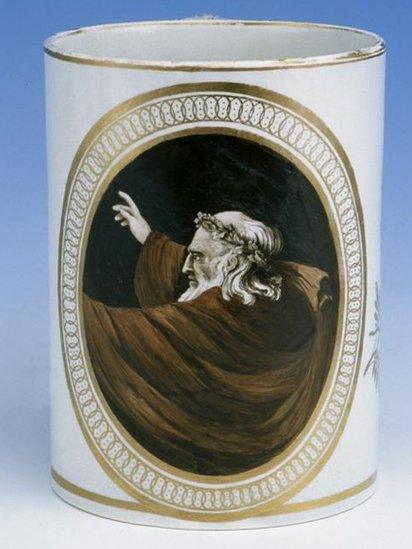
Priests called druids were powerful figures in the ancient Celtic culture of Britain and of Wales in particular. Two hundred years ago they inspired the invention of a new tradition of bards and druids in Wales, reflecting growing interest in Welsh history and identity.
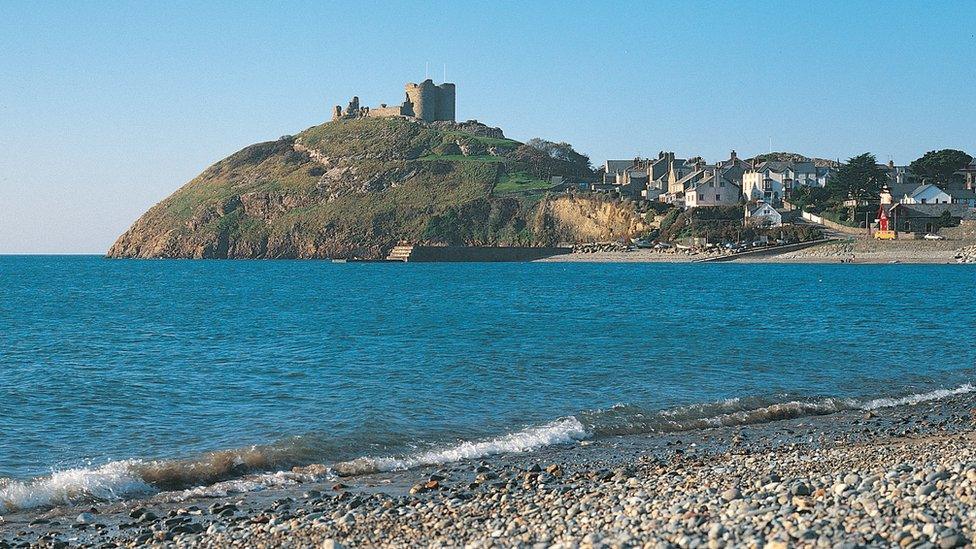
The exhibition will also give visitors a taste of Wales' many castles, including this one, Criccieth. The Welsh princes built castles to defend their land from invasion and to protect important routes. Llywelyn ap Iorweth in particular built many castles.

Some of the exhibits also illustrate the rise of the ruling class in Wales. Queen Victoria gave explorer Henry Morton Stanley, who was born in north Wales, this snuff box to thank him for finding the Scottish explorer David Livingstone in Tanzania in 1871.
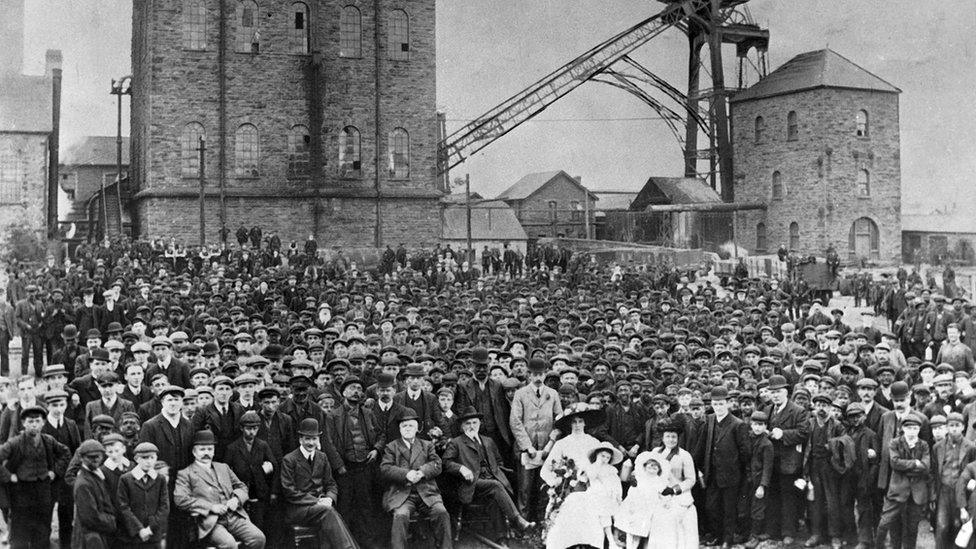
Wales' industrial heritage, including the importance of the coal industry, will also be part of the exhibition. Coal was the most important mineral found in Wales. It was abundant in the south and north-east. In the 19th and early 20th centuries the world's largest coal exporting ports were in south Wales. Welsh coal had a worldwide economic influence comparable to that of oil today.

An image of a traditional Welsh dresser will also be displayed. They were usually made of oak and were used to store food and dishes in the kitchens of big mansions and farmhouses. They gradually became popular with ordinary Welsh people for displaying their best pottery and family treasures. This dresser was made in the 18th Century in west Wales. Some of the plates on it were printed with the popular 'Willow' pattern, based on a Chinese story.
- Published4 March 2013